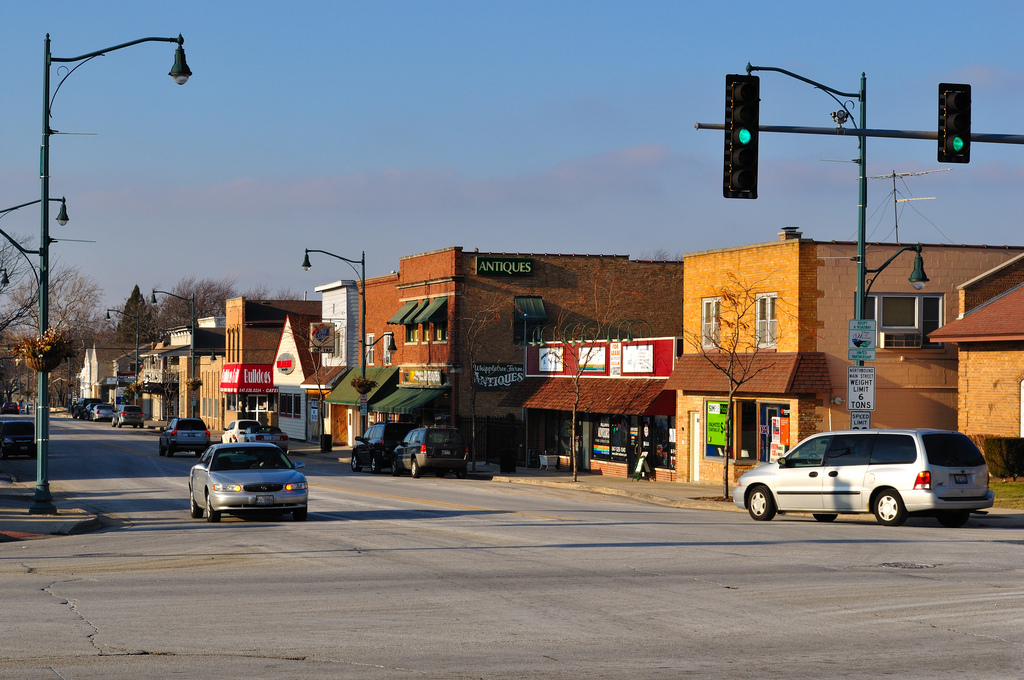Exploring Wauconda: A Journey Through History
Nestled in the heart of Lake County, Illinois, Wauconda is a charming village with a history as rich and varied as its scenic landscapes. From its humble beginnings as a small settlement to its growth into a vibrant community, Wauconda’s past is a testament to the resilience and spirit of its residents. Let’s take a journey through the history of Wauconda, uncovering the stories that shaped this unique village.
Early Beginnings: Native American Roots
Before European settlers arrived, the area now known as Wauconda was inhabited by the Potawatomi people. The name “Wauconda” itself is derived from the Potawatomi language, believed to mean “a place where the deer come.” The rich natural resources of the area, including its lush forests and numerous lakes, made it an ideal location for the Potawatomi to thrive.
Settlement and Development: The 19th Century
The transformation of Wauconda began in the early 1800s. In 1836, the first white settler, a man named Henry S. Wadsworth, arrived in the area. His arrival marked the beginning of a new era for Wauconda. The settlement gradually grew as more pioneers moved in, drawn by the fertile land and the promise of opportunity.
By the mid-1800s, Wauconda was officially recognized as a village. The construction of the Chicago and North Western Railway in 1854 further accelerated its development, connecting Wauconda to larger cities and facilitating trade and commerce. The arrival of the railway was a pivotal moment for the village, contributing to its growth and increasing its accessibility.
A Hub of Agriculture and Industry
Throughout the late 19th and early 20th centuries, Wauconda flourished as an agricultural hub. The fertile soil and favorable climate made it ideal for farming, and the village became known for its production of corn, wheat, and dairy products. Local industries also began to emerge, including sawmills and factories that contributed to the village’s economic development.
The early 20th century saw Wauconda evolve into a bustling community. The construction of schools, churches, and other public buildings reflected the village’s growing infrastructure and sense of community. The dedication of its residents to education and public service laid the groundwork for Wauconda’s future growth.
Post-War Expansion and Modern Growth
The post-World War II era brought significant changes to Wauconda. As the suburbs of Chicago expanded, Wauconda experienced a population boom. The village’s charming rural character, combined with its proximity to the city, made it an attractive location for families seeking a quieter lifestyle without sacrificing access to urban amenities.
During the latter half of the 20th century, Wauconda underwent substantial development. New housing subdivisions, commercial areas, and recreational facilities were established, reflecting the village’s transition from a small farming community to a modern suburb. The preservation of historical landmarks and natural spaces became a priority, ensuring that Wauconda retained its unique character amidst the changes.
Celebrating Wauconda Today
Today, Wauconda is a vibrant community that honors its rich history while embracing modernity. The village hosts numerous events and festivals that celebrate its heritage, such as the annual Wauconda Days festival, which brings residents together for a weekend of fun and festivities.
Historical landmarks, including the Wauconda Area Library and various preserved buildings, serve as reminders of the village’s past. Efforts to maintain and restore these sites ensure that future generations can continue to learn about and appreciate Wauconda’s history.
Conclusion
The history of Wauconda is a tapestry woven from the threads of indigenous culture, pioneering spirit, agricultural success, and suburban growth. From its origins as a Potawatomi settlement to its evolution into a modern village, Wauconda’s story is one of transformation and resilience. As the village continues to grow and adapt, it remains a testament to the enduring legacy of its past and the vibrant community that shapes its future.





